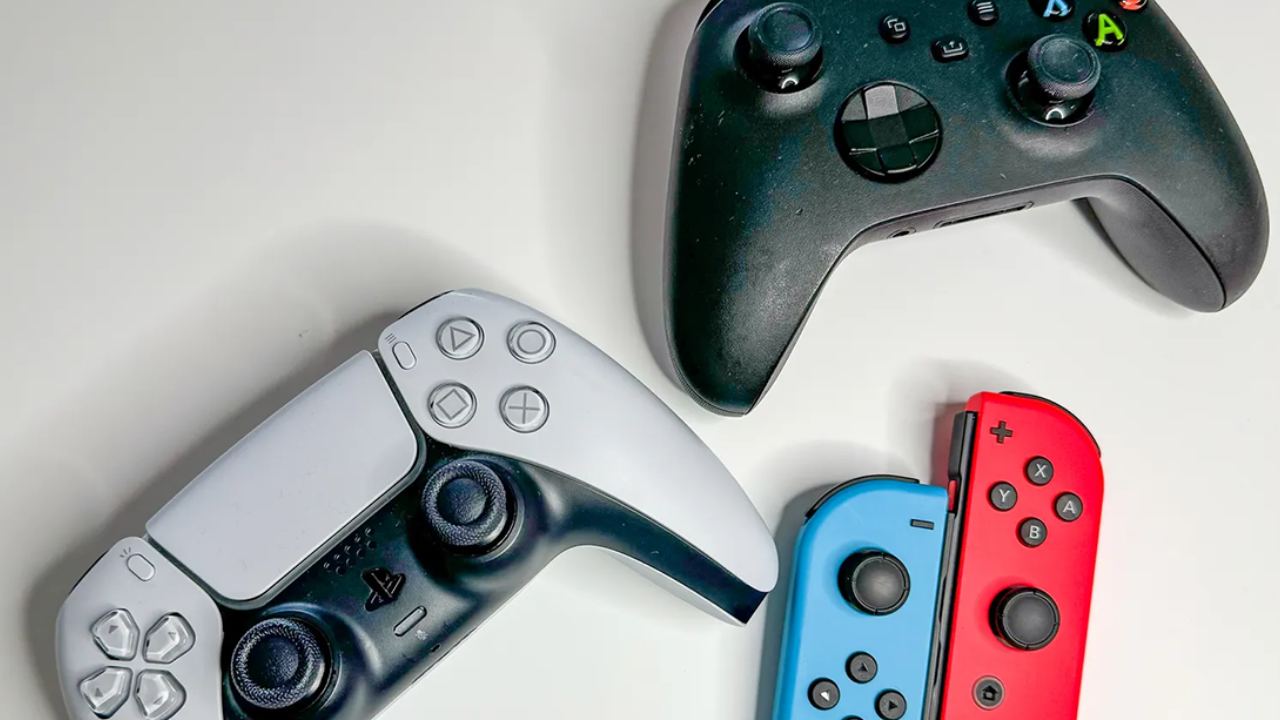Key Takeaways
Created with AI - we're still experimenting, so apologies if it misses the mark
- AMDs upcoming APU, codenamed Magnus, is expected to power the PlayStation 6 or the next Xbox console.
- The Magnus chip features a robust 11-core configuration and an integrated GPU with 80 compute units, surpassing the Xbox Series Xs GPU specs.
- The design of the Magnus chip resembles Mark Cernys past hardware designs, hinting at its intended use in high-performance gaming consoles.
- Other AMD projects such as Mero and Jupiter suggest that Magnus will play a significant role in future console hardware development.
New Leak Suggests AMD’s Magnus, Zen 6 APU, Headed for PS6 or Next Xbox Console
A leaked report has revealed details about a new processor codenamed Magnus, identified as the processor destined for next-generation gaming consoles. This AMD APU, based on Zen 6 architecture, features a robust 11-core configuration: 3 Zen 6 cores and 8 Zen 6c cores. It also includes an integrated GPU with 80 compute units and a 384-bit memory interface, which surpasses the Xbox Series X’s 320-bit interface. The GPU occupies a 264mm die, communicating with a 144mm SoC via an internal bridge. The entire chip is manufactured using TSMC’s 3nm technology. While initial speculation suggested this chip could be for mid-range portable gaming devices, it is not intended for client or server use. Instead, Magnus is linked to AMD’s semi-custom division, responsible for developing hardware for consoles like PlayStation, Xbox, and Steam Deck. This connection indicates its destination is the PlayStation 6 or the next Xbox console.
Evidence Builds for AMD’s Magnus in Upcoming Console Hardware – Resembles Cerny’s Past Designs and Links to Sony Projects
Further indicators support this assessment. The absence of low-power cores indicates a design focused purely on high performance, capable of enabling consistent 120 Hz gaming. Additionally, the chip’s design resembles Mark Cerny’s past hardware designs, who was responsible for the PlayStation 4 and PlayStation 5. Other AMD projects, such as Mero (linked to Steam Deck) and Jupiter (reportedly associated with Sony’s new portable console), also support Magnus’s role as a key component for future console hardware.
In Case You Missed It
For all you Spider-Man fans out there, Jonathan Dubinski over at Players for Life has some intriguing news that might dampen your spirits but also pique your curiosity. In his latest post dated July 8th, he delves into the potential delays affecting Marvel’s Spider-Man 3 and shares insights from leaks about upcoming Insomniac Games projects. If you’re eager to learn more about what this means for the future of PlayStation gaming and when we might finally see Spidey swing back into action, be sure to check out his article right here Leaked News Suggests Trouble for Marvel’s Spider-Man 3 Release Date. As we look ahead to the future of gaming, there’s an exciting yet bittersweet update on the horizon. Marcus Thompson dives into the intricate development timeline of the PS6 in his latest piece, published on July 8th. While it might disappoint some eager fans, it also reassures us that Sony is taking a measured approach to ensure the PS5 has room to shine before the next-gen console hits the market around 2028. Plus, there’s talk of an upcoming portable device that could bridge the gap with advanced compatibility features. For all the details, be sure to check out “PS6 Release Approaches, It Will Both Disappoint and Reassure“. If you’re interested in diving deeper into how the video game industry’s current economic climate is affecting both creators and consumers, be sure to check out Vitor Conceição’s insightful post titled “International Games Site Journalist Points Out Issue in Industry: The Old Capitalism,” published on July 6, 2025. International Games Site Journalist Points Out Issue in Industry: The Old Capitalism Bruno Pferd provides a critical analysis of recent industry trends, including layoffs at major companies and price hikes that raise serious questions about the priorities driving today’s game development landscape.
Have any thoughts?
Share your reaction or leave a quick response — we’d love to hear what you think!
